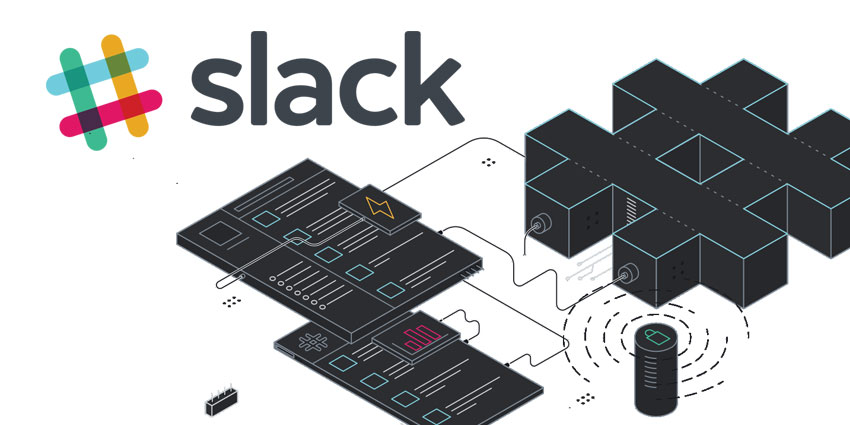Last year, Slack, now recognised as a $3.8 billion communication giant, launched a cutting-edge version of its flagship product – Slack Enterprise Grid – a move that’s looked at as an attempt by the company to go after bigger customers.
With tech majors like IBM and Capital One already on its client list, Slack is clearly intending to push user-friendliness and smarter connectivity, like never before. Right at the same time, Slack also shared hard-hitting numbers on its current growth curve – 1.5 million paid users with 500+ million daily active users.
So how does Grid work? Is it everything an expansive organisation would need? Let’s find out.
Inside Grid
Enterprise Grid works in close coordination with how large business is organised, offering the ability to design bespoke communication blueprints, in-line with common conversation/interaction patterns. Its centralised controlling mechanism ensures that a company’s data is secure and protected, offering end-to-end visibility. Finally, it is also ready for integration with other applications, enabling information clarity and streamlined workflows.
The product’s name is a nod to the idea of a connected ‘grid’ or hub, where everyone’s linked to each other. While sales teams, marketing divisions, and design units can all have their own personal versions of Slack, all of it can come together in some shared chatrooms, for greater collaboration or organisation-wide announcements.
Key Slack Enterprise Grid features:
Unlimited workspace
With unlimited workspace, this entails the building of a unique setup, intersecting various departments, teams, work-sites, or groups within a company. This also includes conversation channels, threaded messaging, voice & video calling, and platform integration support.
Shared channels
For tasks or assignments which involve multiple divisions, Grid can deliver administrators the opportunity to envision shared channels, helping teams share data, and strengthen decision-making.
Unified infrastructure
Grid helps create a single layer impacting the company as a whole, enabling people to find each other, gather information, and action workspaces that are most relevant and effective. Group direct messaging, one-to-one, and searching functions are all within this layer, and as a result once anyone logs into Slack – they can access everything they need, to complete an assignment.
Security and administrative controls
Grid allows enhanced data protection, with a single view approach to security, compliance, policy, and other regulatory requirements. If further control is needed, one can also customise security features, such as data retention, for each workspace.
Grid also has FINRA and HIPAA offerings, along with integrations with a host of platforms such as Netskope, Skyhigh, Palo Alto Networks, and many more.
New connections
With Grid, one can also connect with pre-existing tech stacks, while its App Directory, listing over 900 integrations, can help locate new tools for work. The platform includes a plethora of workforce tools, such as CareerLark, Marker, and synergies with products from industry giants like IBM, Adobe, and Salesforce.
Grid also has a new partnership with SAP, featuring a web of integrations across Concur, Hana Cloud Platform, and SuccessFactors.
What’s more Grid enables security and compliance controls, aiding IT standardisation, such as HIPAA and FINRA certifications, as well integrations with popular enterprise applications.
Final thoughts
Slack has been talking about an enterprise version since 2015, and this new launch will make string in-roads into the market. Meanwhile other players are also looking at options, to take on Grid, like Microsoft Teams, a product that’s part of the Office 365 Productivity Suite for business. In fact, both contenders are truly marching head-to-head; sample this – when Microsoft launched Teams, Slack’s CEO Stewart Butterfield took out a full-page advertisement in the New York Times, welcoming the former to its turf.
Cisco is also circling the waters, with Webex Teams (formerly Spark).
That said, Slack’s got something that possibly no one else does at this time: rock-solid word-of-mouth, and a certain ‘stickiness’ , despite having been around for years, now. Slack’s clients are loyal to the product, have only praise for its features, and its popularity only seems to be growing.
The $40 million in VC funding it’s picked up over time, is also a great help.
The verdict is simple then, if you’re an organisation that’s spread pretty wide and are on the hunt for a messaging app, that’s a genuine differentiator, Slack Enterprise Grid, is the answer to your problems.







